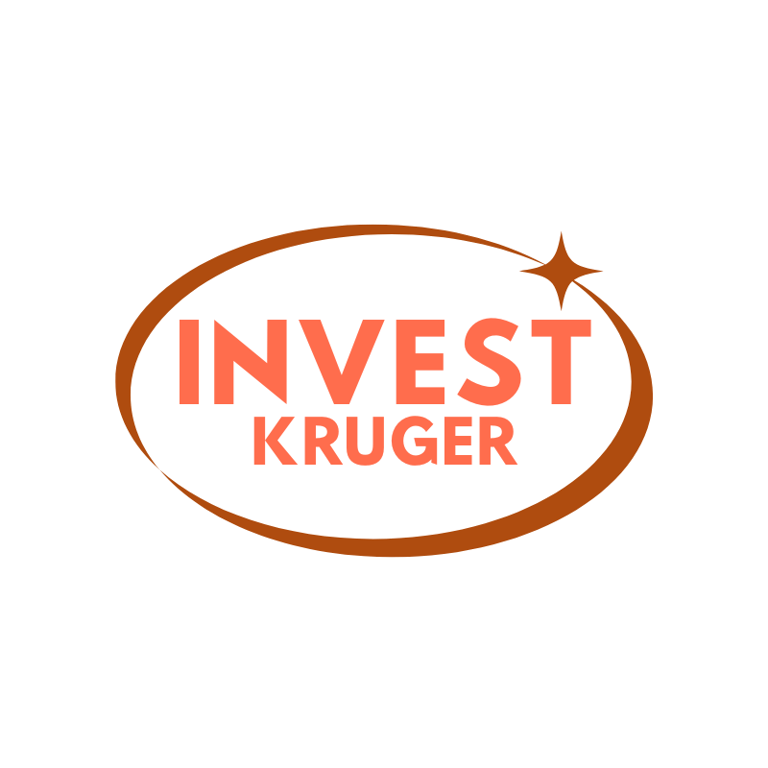Diversified Investments: Expanding Horizons to Maximize Results
Investment diversification represents one of the most important strategies for those looking to build a solid and resilient portfolio. By distributing resources across different asset classes, you reduce risks and enhance opportunities for gains. Let's explore some alternatives that can complement your portfolio beyond traditional stocks and basic fixed income.
5/9/20252 min read


Investment Funds: Professional Management at Your Fingertips
Investment funds provide access to professionally managed portfolios, even with relatively small amounts. There are several categories:
Multi-strategy Funds: Combine different asset classes (stocks, fixed income, currencies) and strategies, providing flexibility to managers.
Real Estate Investment Trusts (REITs): Allow you to invest in the real estate market without needing to buy properties directly, receiving monthly income that may have tax advantages.
Index Funds (ETFs): Replicate market indices with generally lower fees than traditional funds, combining diversification with reduced costs.
Private Securities: Beyond Treasury Bonds
Certificates of Deposit (CDs): Loans to financial institutions with returns generally linked to benchmark interest rates.
Corporate Bonds: Debt securities issued by companies to finance projects, offering more attractive interest rates than government bonds, but with higher risk.
Mortgage-Backed and Agricultural Credit Securities: Finance these sectors and may offer tax advantages depending on local regulations.
Cryptocurrencies: The New Digital Frontier
Digital currencies represent a relatively new asset class with unique characteristics:
Bitcoin: The pioneer and most well-known, often compared to "digital gold."
Ethereum: A platform that goes beyond digital currency, enabling smart contracts and decentralized applications.
Stablecoins: Cryptocurrencies with value pegged to traditional assets, such as the dollar, reducing the typical volatility of the sector.
It's important to highlight that cryptocurrency investments involve significant risks and volatility, making it advisable to allocate only a small percentage of your portfolio to this segment.
Retirement Accounts: Thinking Long-Term
Private retirement plans combine retirement planning with tax advantages:
Traditional Retirement Accounts: Ideal for those who can benefit from tax deductions now, allowing contributions to reduce current taxable income.
Roth-Type Accounts: More advantageous for those who prefer tax-free withdrawals in retirement rather than current tax deductions.
Both offer investment options ranging from conservative to aggressive, allowing alignment with your risk profile.
Building a Balanced Portfolio
The ideal proportion between different assets should consider:
Your risk profile: Conservative, moderate, or aggressive
Financial goals: Short, medium, and long-term
Life stage: Age, family responsibilities, career stability
A common strategy is division by time horizons:
Short-term: More liquid and secure investments
Medium-term: Balanced combination of safety and returns
Long-term: Greater exposure to assets with significant appreciation potential
Final Considerations
Efficient diversification goes beyond simply spreading resources. It's essential to understand how different assets behave in various economic scenarios and how they correlate with each other. A truly diversified portfolio should include assets that respond differently to the same market conditions.
Consulting with a financial professional can help build a strategy aligned with your specific goals and investor profile, maximizing the chances of success in your financial journey.
